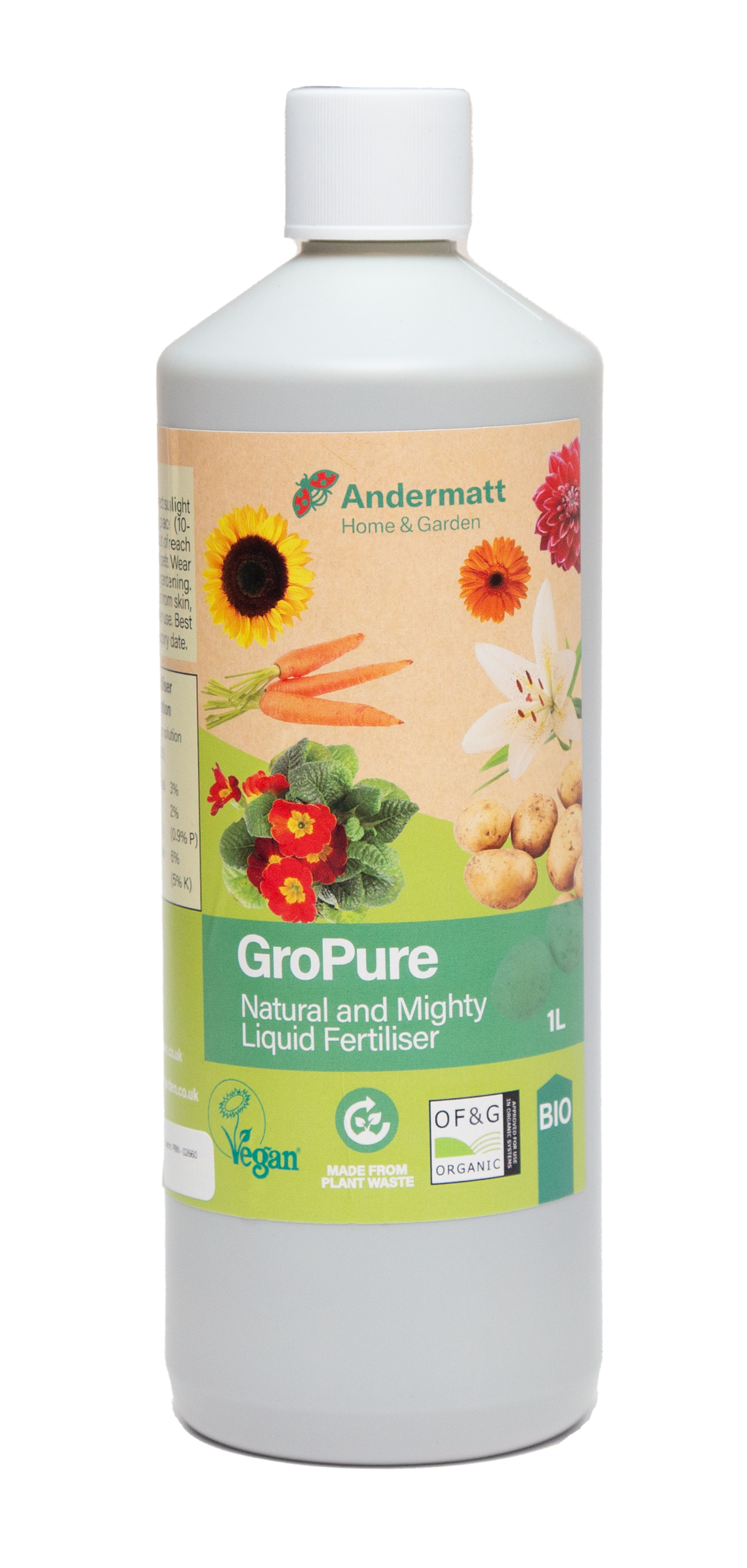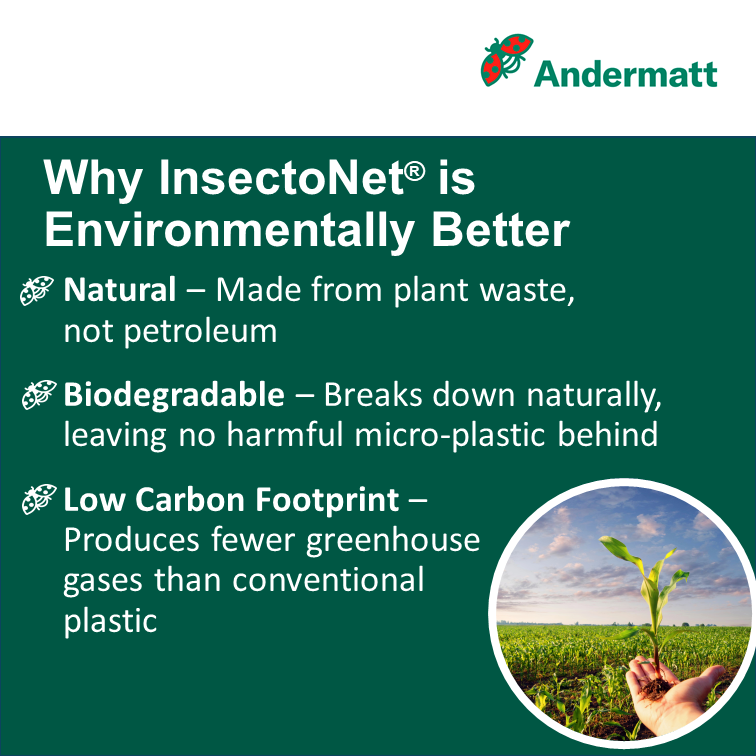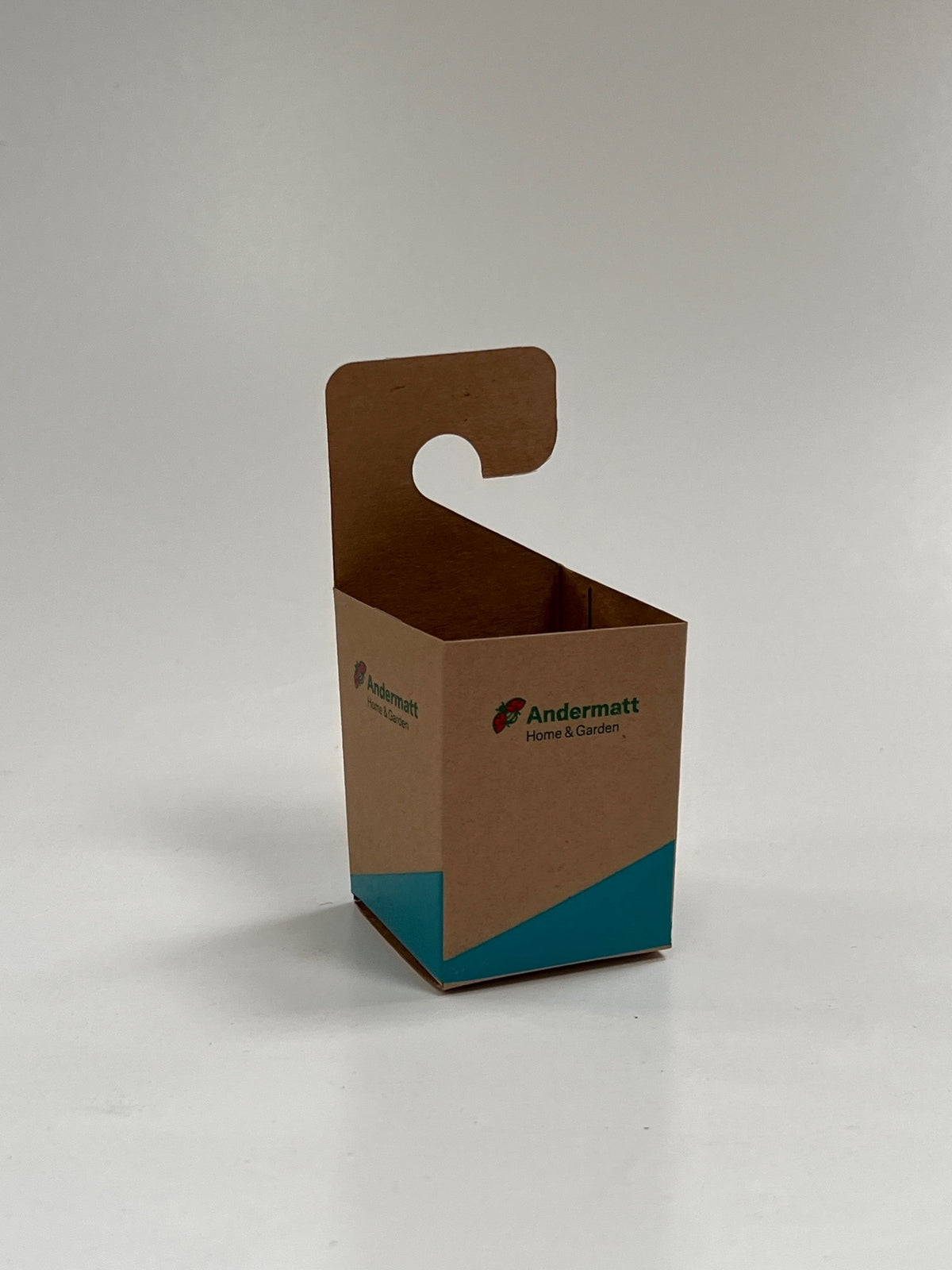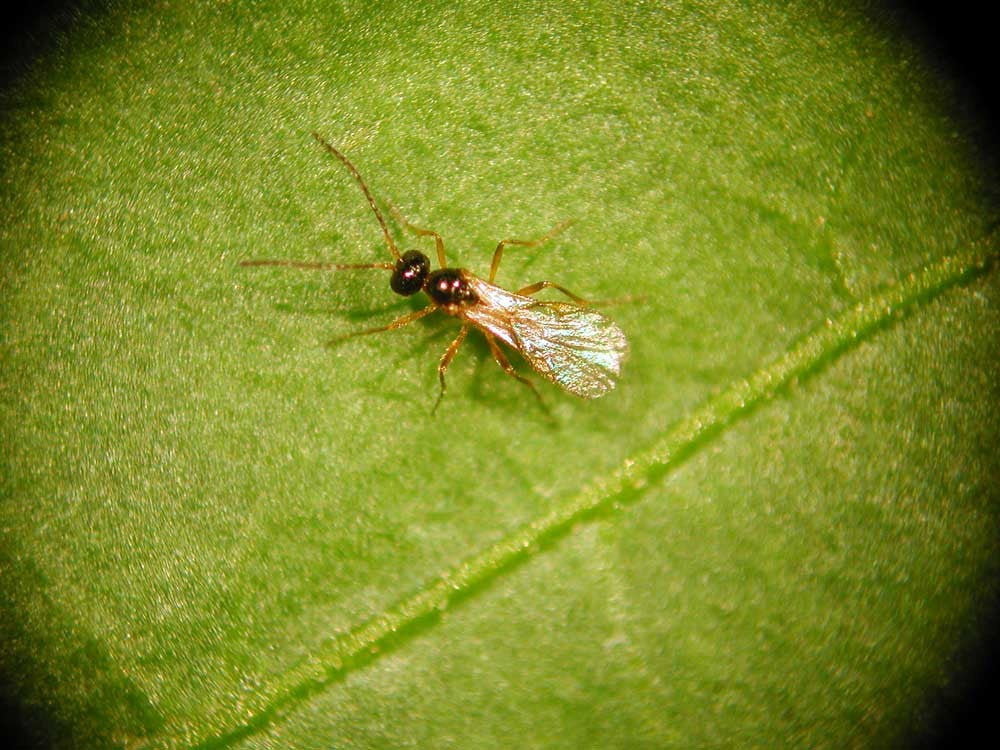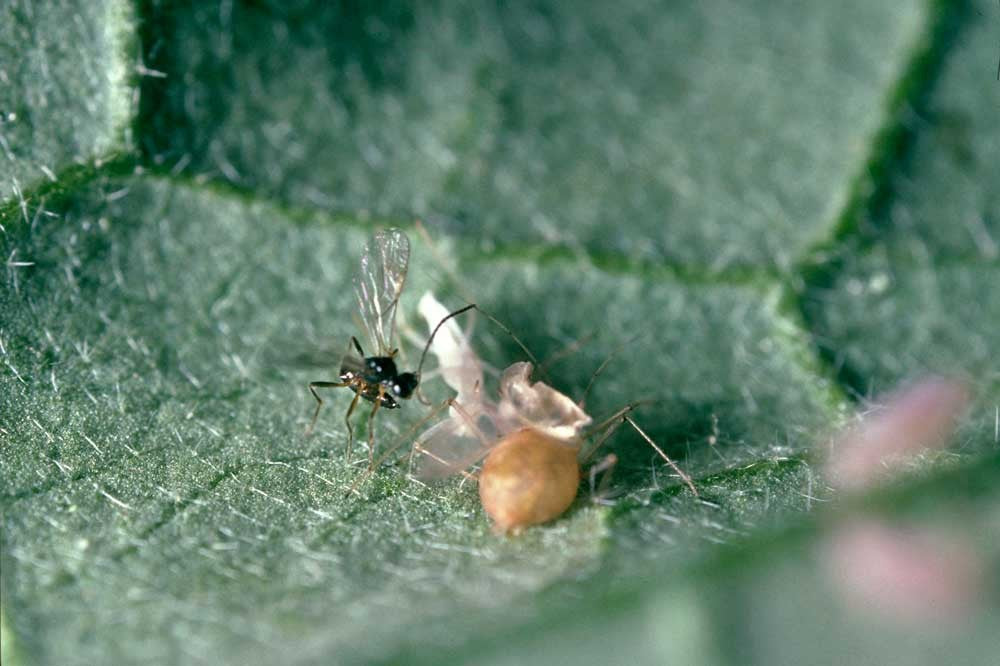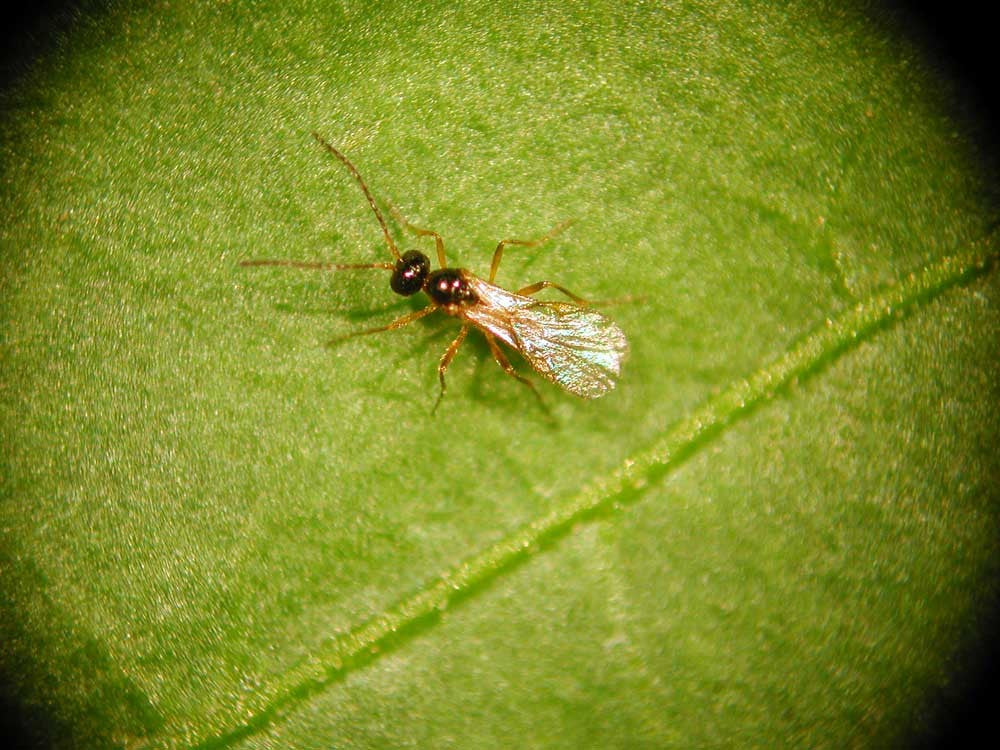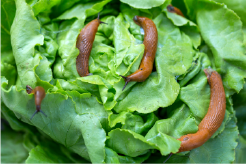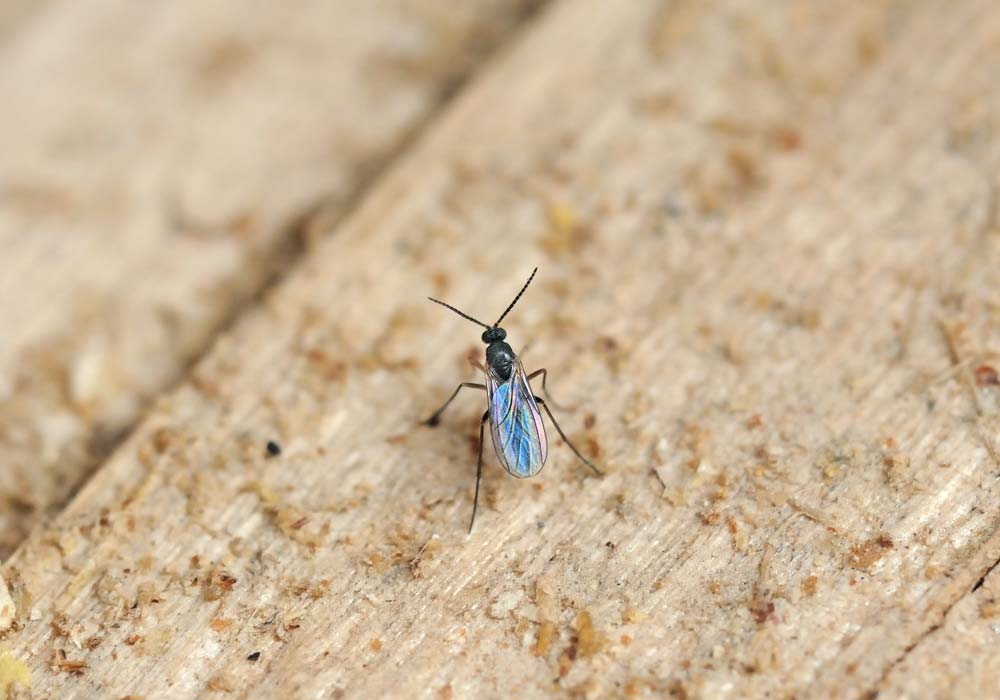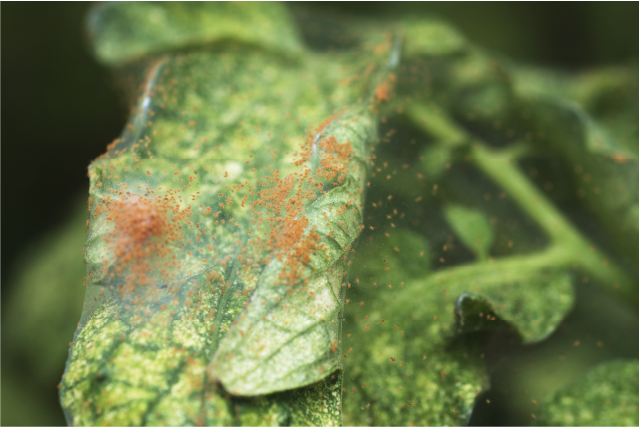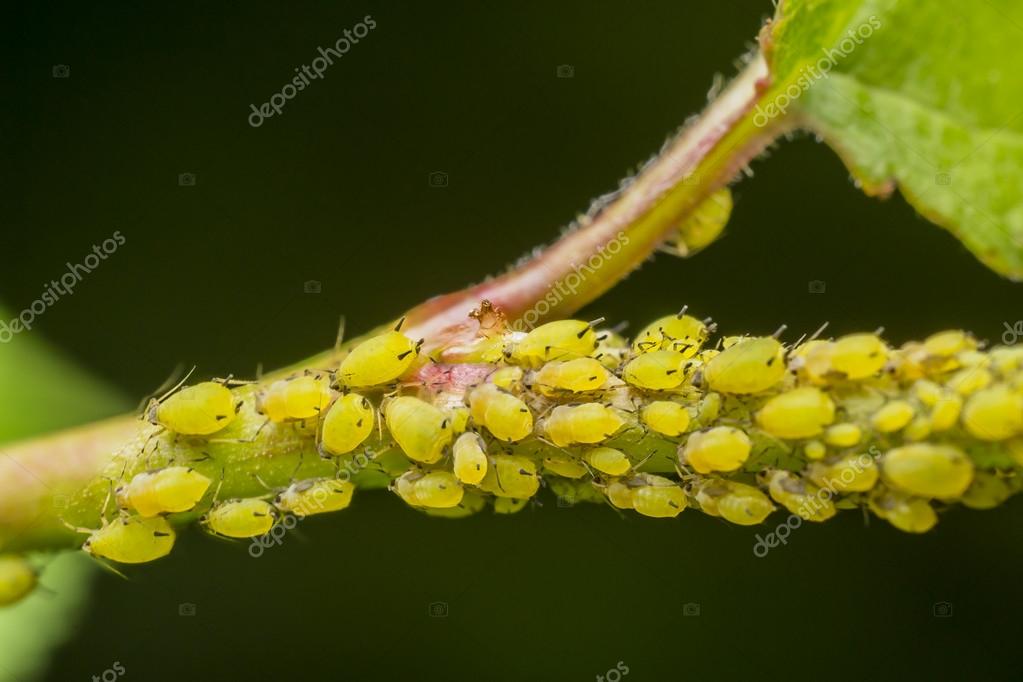

Andermatt Home & Garden
Lacewing Larvae Aphid Killer
Free shipping on orders £30 and over
*MightyBugs are dispatched on Thursdays.
MightyBug – Chrysoperla contains a predatory insect (Chrysoperla carnea) which hunts and east aphids. As well as aphid, these MightyBugs will eat lots of other pest insects which don’t run or fly away from it including mealy bugs, scale, mites and whitefly. Commonly known as green lacewing because of the appearance of the wings of the adults, MightyBug – Chrysoperla contains stage 2 larvae which is the life-stage which hunts and eats the most garden pest insects. The generalist diet of lacewing larvae makes them a good addition to protecting plants in a garden, green house, cold frame or conservatory.
MightyBug – Chrysoperla comes with the predatory insects mixed in with buckwheat husks. This material can either be sprinkled directly onto the areas of the plant which have aphids present or placed within distribution boxes located near to aphid infested parts of the plant.
MightyBug – Chrysoperla should be applied at a rate of 10 per square meter.
- MightyBug - Chrysoperla (500 larvae treats 50m^2)
- MightyBug – Chrysolperla (1,000 larvae treats 100m^2)
When is it best to use?
|
J |
F |
M |
A |
M |
J |
J |
A |
S |
O |
N |
D |
The predatory insect requires temperatures of 15°C to be active. For outdoor use, or in unheated greenhouses this would typically mean it is suitable for use April to September. In heated greenhouses or indoors it can be used year-round as long as temperatures are suitable.
The problem:
Aphid, commonly called greenfly and blackfly, are a common garden pest insect. There are a number of different aphid species which can infest a range of garden ornamental flowering plants as well as plants grown for fruit and vegetable production. Adult aphids are able to fly to locate suitable host plants, from where their population can grow rapidly. Aphid are sap feeders removing nutrition from the plant which can slow growth and reduce plant vigour. Apihds are also able to transmit viruses to plants which can harm them. In addition to the direct aphid feeding damage, aphids produce honeydew which leave deposits on leaves, fruit and work surfaces under where they are feeding. These sticky deposits of honeydew can then develop mould growths.
In addition to those easy to identify garden pests, there are inevitably a matrix of other pest insects in smaller numbers often going unnoticed within the garden.
The product:
MightyBug – Chrysoperla is a natural product containing the beneficial predatory insect Chrysoperla carnea. Whilst most well-known for eating aphids, these lacewing larvae are generalist predators hunting and eating a range of garden pest insects including mealy bugs, scale, mites and whitefly. Because of this generalist eating behaviour they are a great addition to any garden biological control program, or if you are uncertain what it is that is eating your plants. Easy to use, the Chrysoperla and the buckwheat material they come in can be either sprinkled over the plants to be protected or preferably poured into distribution boxes which can then be hung around the plants in need of protection. After release the lacewing larvae will walk around the plants hunting pest insects which do not run away fast enough. Because the lacewing larvae eat the pest insects they need them to be present to survive and therefore MightyBug – Chrysoperla should be applied as a curative treatment when aphids or other prey insects are already present.
Unable to fly, the stage 2 larvae in MightyBug – Chrysoperla are ideal for use to control aphids on outdoor plants as they cannot easily leave the area they are released into. Once a suitable prey has been located the lacewing larvae uses it large mandibles to eat it.
The Chrysoperla larvae are visible with the naked eye and increasingly so as they feed and grow. As with all of the MightyBug range, are safe for children, pets, wildlife and the plants you are lovingly tending.
How to use:
As with all MightyBug predators, use immediately upon receipt. Fresh is best!
MightyBug – Chrysoperla are non-flying predators. The stage 2 lacewing larvae in MightyBug – Chrysoperla will walk around the plants hunting for pest insects to eat.
The Chrysoperla are located within buckwheat husks carrier material within the pack. The buckwheat is applied at the same time as the predatory insets and will simply degrade over time.
MightyBug – Chrysoperla can be sprinkled onto the leaves of plants infested with aphids. If this method is to be used for release you should ensure the product stays on the leaf surface and does not fall to the floor. Chrysoperla do not like it on the floor and many will be lost without having a chance to hunt aphids.
To help keep the beneficial insects off of the floor, MightyBug – Chrysoperla can be released in distribution boxes which can be hung from leaves or branches of plants in the area to be protected.
MightyBug – Chrysoperla should be released directly next to the aphid colonies they are being used to control.
During release Chrysoperla should not be exposed to direct sunlight. Release either early in the morning or from late afternoon onwards will be preferred by the Chrysoperla.
The biocontrol predatory insect requires temperatures of 15°C to be active. In unheated greenhouses this would typically mean it is suitable for use April to September. In heated greenhouses or indoors it can be used year-round as long as temperatures are suitable.
As well as eating aphid, MightyBug – Chrysoperla will hunt and eat a range of other garden pests including mealy bugs, scale, mites and whitefly. Because they feed on their prey they need them to be present for food and therefore Chrysoperla are best used as a curative treatment to control pest populations which are already present on plant.
Chemical compatibility. We recommend not using chemicals which are known to harm mites or small insects at the same time as MightyBugs. Chemical pesticides often are not specific in what they kill and they can harm beneficial insects at the same time as the pests they are being used against.
| Store | Do not store, use immediately after receipt. |
| Shelf life | Use immediately after receipt. |
| Use |
Can be used year-round in protected or indoor environments where temperatures are at least 15°C. MightyBug - Chrysoperla (500 larvae treats 50m^2) MightyBug – Chrysolperla (1,000 larvae treats 100m^2) |
| Important information | Contains living organisms. Use immediately after receipt. |
| Active substance and content | Product contains Chrysoperla carnea. This is a species found naturally in the UK. |
| Product size |
You may also like
FAQ
about the product





